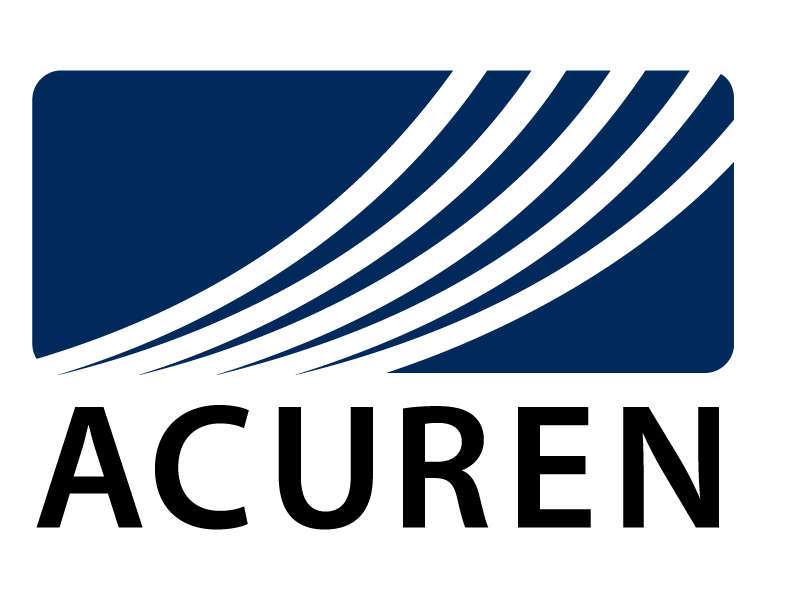
Research and Application Development
Our Group’s Areas of Expertise:
- Phase Coherence Imaging & Custom Ultrasonic Imaging techniques
- Full Matrix Capture (FMC) & Total Focusing Method (TFM)
- Phased Array Ultrasonic Testing (PAUT) & Time-of-Flight-Diffraction (TOFD)
- Ultrasonic Modeling using CIVA & Signal/Image Processing
- Inspection/Analysis Procedure Development For Field Applications
Our Group’s Areas of Expertise:
- Application development leveraging new technology and custom software to enable Acuren to offer the most advanced inspection services to their clients
- Consultancy work: custom application development and R&D work for clients external to Acuren
For more information, email us at
rad@acuren.com
or call (519) 372-1831 and ask for
one of our innovation experts